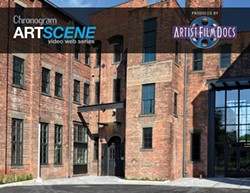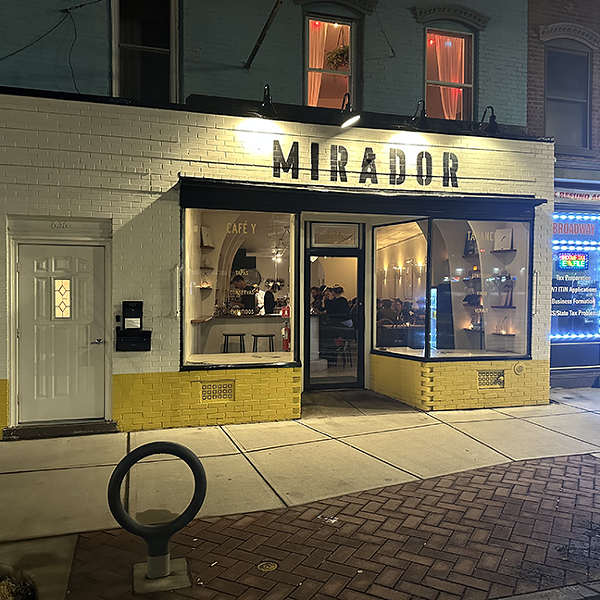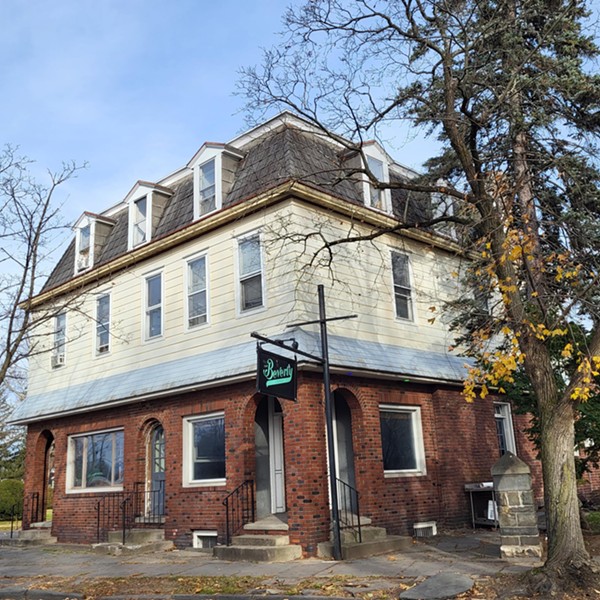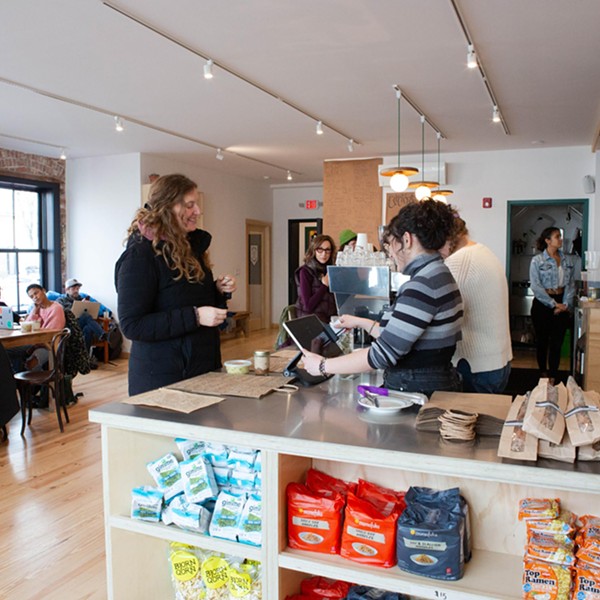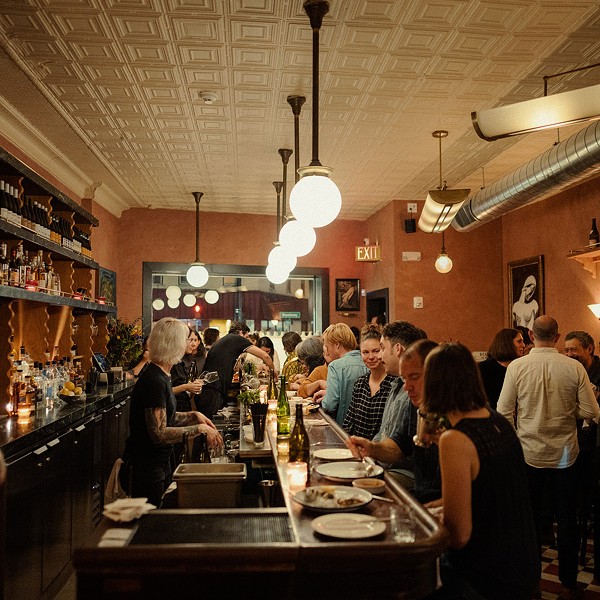This year marks the 35th anniversary of RUPCO, whose mission is to create homes, support people, and improve communities in the Hudson Valley. RUPCO's most recent development projects embrace the concept of creative placemaking, which O'Connor describes as "harnessing the energy released when creative people and businesses get together. The goal is to create an interesting place where people want to linger, to hang out, and, in the process, create some economic vitality."
RUPCO has intentionally focused this work in the City of Kingston. "When buildings are boarded up, it sends the negative message that something is wrong with our neighborhood." O'Connor says. "The abandoned Lace Mill building, which was built in 1902, seemed to a be the perfect opportunity. We created 55 affordable housing units, all preferenced for artists. It opened last summer and is doing fantastic, serving as one of the bookends for the newly defined Midtown Arts District. The building translated great into housing, with huge windows and lights that were originally needed to manufacture lace curtains."
Energy Square is RUPCO's second Midtown project. Proposed, designed, and fully approved, this new construction project will be at the epicenter of Kingston, across from UPAC. "Our vision is for a mixed-use building with commercial space on the ground floor, and mixed-income housing above," O'Connor explains. "The Center for Creative Education plans to relocate there. The building will have a net zero for living approach for energy, utilizing solar and geothermal to offset the tenants' energy bills. The project also includes a community vegetable garden and a greenhouse for the residents."
RUPCO's most recent project is the Met Life building on Greenkill Avenue. A one-story, 70,000-square-foot building, it's one of the last empty factory buildings in Kingston. "It presents an opportunity to further community wealth building by taking an underutilized building and repurposing it for a combination of uses," O'Connor says. "It has the potential to have a film and media studo as the anchor tenant, plus it could house small manufacturing or 'makerspaces,' and defines another bookend of the new arts district."
Many Hudson River towns experienced decline in the second half of the 20th century. But things have begun to change in the last decade or two, with the influx of people from New York City and other areas. "As communities improve, we want to be careful about how we proceed, so as not to push out the more vulnerable people in our community," says O'Connor. "Our Midtown projects start with empty buildings, where we aren't displacing anyone. We are creating new housing and opportunity, and the housing will remain affordable for the next 50 years. We are proud of that."







